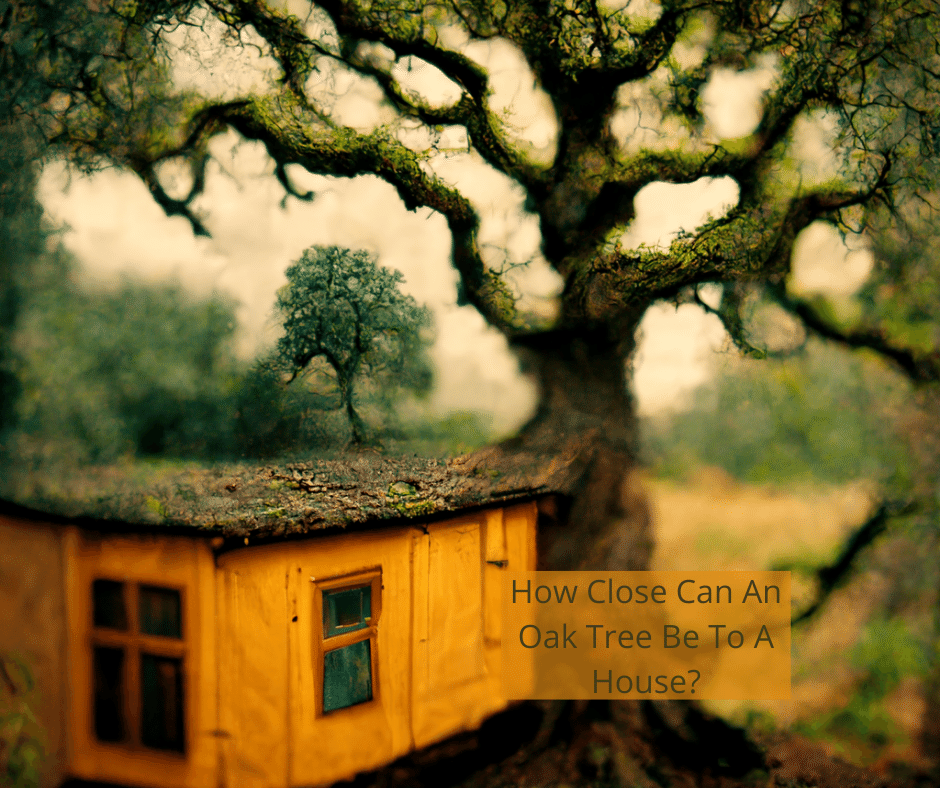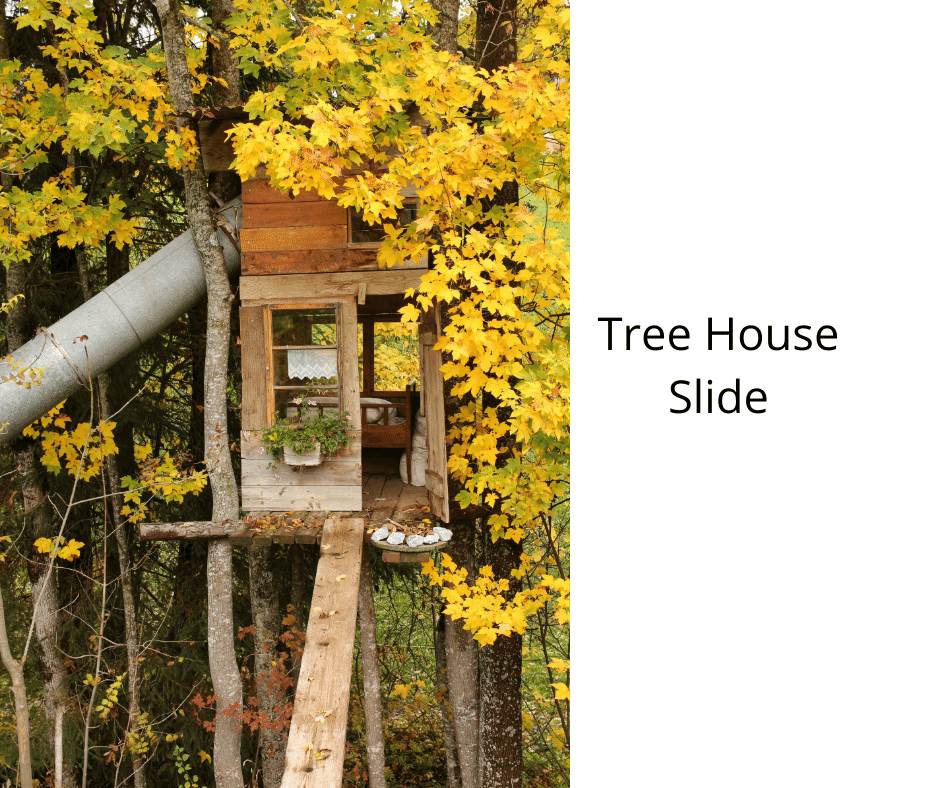Planting an oak tree close to your house involves important decisions. The type of tree you choose plays a significant role. Some trees may do well near your home, while others may not be the best choice. When selecting an oak tree to plant near your residence, go for one with roots that don’t spread out too much. These trees are perfect for anyone wanting a big, impressive tree. If you’re aiming for a stunning addition to your yard, this is the perfect option for you.
Roots Grow Between One and Three Times the Width of The Canopy of The Tree
As a result, the roots of an oak tree can extend more than 20 feet. This is much greater than the average diameter of a tree’s trunk, but this does not mean that the tree is dangerous. Its roots are comprised of numerous smaller, fibrous root hairs. This is an essential factor to consider when planting an oak tree. Moreover, it is necessary to plant it at a distance of at least 25 feet from structures and other trees.
The roots of oak trees are very diverse. Red oak, for example, has a root system similar to the Texas red oak. For the best root development, ensure the soil is well-drained and has slight acidity. Also, it should receive a high proportion of sunlight. To prevent root disease, you can amend the soil with compost or manure and provide adequate moisture. After adding compost, be sure to backfill the hole with soil that is perpendicular to the ground. If you don’t backfill the hole properly, your oak may grow at an angle, so be careful.
The roots of oak trees can reach a depth of 18 inches. To support their large hearts, they need ample space to grow in. As a result, they grow in between one and three times the width of the tree’s canopy. Oak trees need an unobstructed space underneath the ground to properly absorb water and nutrients. The roots of oak trees can share their root system through grafting.
Non-Invasive Root Systems Are Best for Planting Near a House
If you plan to plant an oak tree near a house, you need to consider two factors: the size of the tree and its root system. You don’t want your new tree to grow too large or spread out its roots, so you must choose a non-invasive tree with a small root system. In addition, you want to avoid planting a tree that will grow into a large tree and create a problem for your septic system or sewer system.
To avoid this problem, choose trees with non-invasive root systems. These roots go deep into the ground without causing damage to the house or septic system. If you don’t want to worry about your roots causing problems, choose a non-invasive tree. You can plant it near a house or patio if it has a non-invasive root system.
Another non-invasive tree you can plant near a house has a shallow root system. These include the American hornbeam tree, the Adams crabapple tree, and the dwarf plum. These trees don’t cause problems for surrounding plants and can be planted near a house without causing any harm. When choosing a non-invasive tree, ask the landscape gardener for advice.
While trees can provide shade and windbreaks, they can also damage a house. The biggest problem stems from trees with large roots. Invasive trees, such as oaks, poplars, and ash trees, can cause major damage to your foundation. As a result, you should choose smaller trees that have shallow roots and do not pose much threat to your foundation.
Oak Trees Are Hard to Rake
You may wonder, “How close can an oak tree be to a home?” An oak tree’s roots can extend up to seventy-five feet (20 meters) from the main trunk. While they are large and thick near the top of the tree, they taper off dramatically as they get closer to the ground. You’ll want to plant your oak tree at least 20 feet from your home. The reason for this is that the oak tree’s roots could reach your septic tank or water lines.
The distance between your oak tree and home is critical for its health and beauty. Depending on the size of the oak tree, you may want to plant it as far away as 20 feet. However, if you decide to plant a larger oak tree, you’ll need to leave it farther away. Make sure to plant your oak tree in a location with full sun so that its roots can grow properly. Also, remember that your oak tree will grow a lot over time, and you’ll need to account for its size.
While you can plant an oak tree anywhere, it’s best to choose a location far from home to ensure it doesn’t cause problems for your home. In general, you should place large trees at least 20 feet from a house. You also want to plant oak trees far enough apart to create an optimum forest stand. You’ll also need to leave enough space between oak trees for seedlings to grow and share nutrients.
They Drain Water Beneath the Foundation
The roots of an oak tree can cause a house to sink under the weight of water, causing a problem called subsidence. The subsidence process is due to a moisture loss in the soil beneath the house. Often people compare this condition to settling. Oak trees have long roots extending well beyond the branches, reaching 1.5 to 2.5 times the tree’s height. A large oak tree can take up to 40,000 gallons of water per year, resulting in a shaky foundation.
When planting oak trees, space them at least 15 feet apart. The roots of an oak tree are long and strong and can penetrate the foundation of a home. You can’t plant the trees too close together, though, as their branches grow together. Even though oak trees are a common home tree in the South, they can still be detrimental to the foundation of your house.
A tree’s roots are 1.5 to 2.5 times the tree’s height, meaning a 50-foot oak will have roots up to 75 feet or more. Even the tiniest tree can cause a house to sink or settle. The soil beneath an oak tree is expansive, meaning it can eat away at the home’s foundation. Because of this, the soil beneath an oak tree can be incredibly dry.
To prevent a house from sinking under an oak tree’s roots, you should carefully dig around the foundation. If you have to dig up the ground, make sure to place the irrigation drip line several inches below the soil surface. In the case of a mature oak tree, watering should be avoided near the base. A drip line can help prevent the roots from soaking up the water in the ground.
They Attract Insects
If you have an oak tree in your yard, you might have noticed that it is attracting a lot of insects, from beetles to worms. The worms love the oak’s leaves and can cause the leaves to fall off. Meanwhile, the beetles love the oak’s bark and can introduce disease. However, this is not a problem for most people since oaks require little maintenance.
The adult female oak lecanium is approximately one-sixteenth to a quarter inch in diameter. Male oak lecaniums are brown or reddish. These insects lay their eggs on oak leaves in April and May, and the larvae feed on the sap from the leaves. Severe infestations of oak lecaniums can stunt plant growth and cause honeydew and sooty mold on the leaves.
The sap-feeders can also cause damage to your tree. Aside from discoloration and dropping of leaves, these insects also distort new growth. In addition, their honeydew can attract colonies of sooty mold, which doesn’t feed on the plants, but inhibits photosynthesis. They also rain down sticky honeydew on anything they land on. If you have a small oak, you can try spraying it with insecticidal soap or horticultural oils. However, larger oaks will be best left alone as they can keep their population down naturally.
As oaks are a great food source, they also offer an excellent habitat for insects. They can be planted in your backyard or forest. However, you should not plant them too close to the house as they can clog your home’s foundation. You should also avoid planting oaks too close to power lines. This is because power lines can potentially damage them. If you want to plant them, however, be sure to check the soil before planting them in the yard.
I’m Theodore, and I love tiny houses. In fact, I’m the author of Tiny House 43, a book about tiny houses that are also tree houses. I think they’re magical places where imaginations can run wild and adventures are just waiting to happen.
While tree houses are often associated with childhood, they can be the perfect adult retreat. They offer a cozy space to relax and unwind, surrounded by nature. And since they’re typically built on stilts or raised platforms, they offer stunning views that traditional homes simply can’t match.
If you’re looking for a unique and romantic getaway, a tree house tiny house might just be the perfect option.










